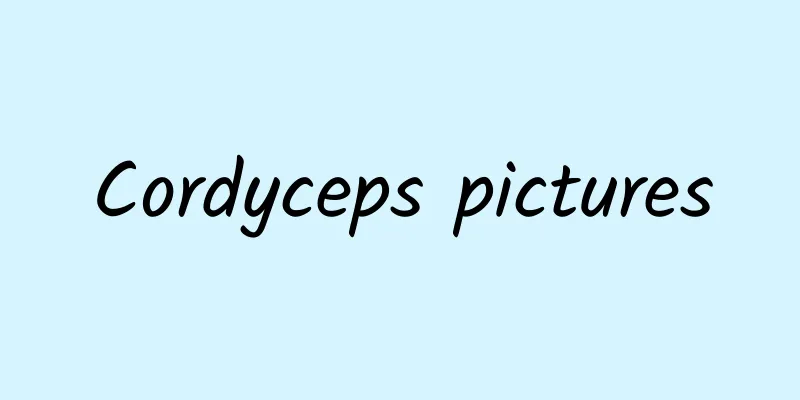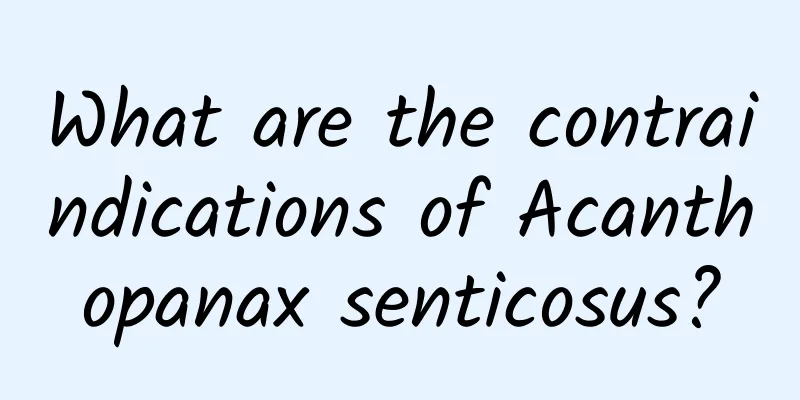The efficacy and function of wind chill grass

|
Traditional Chinese medicine is very effective in treating some special diseases, but we still need to learn about it before taking it. Today we will talk about some common knowledge about the medicinal herb Fenghancao. [Other names] Temporary rescue, passing yellow, small passing yellow, Hu's grass, opposite yellow flower leaves, small wind cold, red head rope, yellow flower beads, nine lotus lanterns, big sore medicine, creeping yellow [Source] Medicinal material source: the whole herb of Passerina polyantha, a plant of the Primulaceae family. [Original morphology] Perennial creeping herb, short internodes at the base of the stem, often with adventitious roots, the upper part and branches ascending, 6-50cm long, cylindrical, densely covered with multicellular curly pubescence; branches are slender, sometimes with leaves only at the top. Leaves are opposite, with the 2 pairs at the stem end shortly spaced and nearly dense; petiole 1.4-9cm long; leaf blade ovate, broadly ovate or nearly rounded, nearly equal in length, (0.7-)1.4-3(-4.5)cm long, (0.6-)1.3-2.2(-3)cm wide, apex acute or obtuse, base nearly rounded or truncate, rarely cordate, green above, lighter below, sometimes stained purple-red along the midrib and veins, more or less covered with articulated strigosus on both sides, rarely nearly glabrous, with dark red or sometimes black glandular dots near the margin, 2-4 pairs of lateral veins, slightly raised below, reticulate veins slender and inconspicuous. 2-4 flowers are clustered in racemes at the stem end and the tip or in a nearly capitate form, with solitary flowers sometimes in a pair of leaf axils below the inflorescence; pedicels are extremely short or up to 2mm long; calyx is 5-parted, 5-8.5mm long, split nearly to the base, lobes are lanceolate, about 1.5mm wide, and sparsely pubescent on the back; corolla is yellow, purple-red at the base inside; 9-11mm long, the basal connate part is 2-3mm long, 5-lobed (occasionally 6-lobed), the lobes are ovate-elliptical to oblong, 3-6.5mm wide, with acute or obtuse tips, and scattered dark red or blackened glandular dots; 5 stamens, the lower part of the filaments is connate into a tube about 2.5mm high, the separated part is 2.5-4.5mm long, and the anthers are oblong, about 1.5mm long; ovary is hairy, and the style is 5-7mm long. Capsule spherical, 3-4mm in diameter, hairy in upper part; calyx persistent. The flowering period is May-June, and the fruiting period is July-October. [Habitat distribution] Ecological environment: It grows in moist places such as ditches, field ridges, hillside forest edges, and grasslands. The upper limit of its vertical distribution can reach 2400m above sea level. [Cultivation] The biological characteristics of this plant are that it is cold-resistant, drought-resistant and moisture-resistant, and it can be cultivated in both plains and mountainous areas. The soil is better if it is fertile, loose, moist and sandy. 【Properties】 Identification of properties: The whole plant is often tangled into a mass. The stem is slender, purple-red or dark red in surface, with soft hairs, and some nodes have fibrous roots. Leaves are opposite; the leaves are mostly wrinkled, and when flattened they are ovate, broadly ovate or triangular-ovate, 1.5-3.5m long, 1-2cm wide, with obtuse apex, cuneate or nearly circular base, sparsely covered with soft hairs on both sides, and brown-red glandular dots can be seen when viewed against light, which are numerous and obvious near the leaf margins. Sometimes several flowers can be seen clustered at the end of the stem. Corolla yellow, 5-lobed, with purple glandular dots at lobe tips. Slight smell, slightly astringent taste. 【Nature and flavor】 Pungent; slightly bitter; slightly warm 【Functions and indications】 Dispel wind and cold; resolve phlegm and relieve cough; detoxify and remove dampness; eliminate accumulation and expel stones. It is used for headache due to wind and cold; cough with a lot of sputum; sore throat; jaundice; bile duct stones; urinary tract stones; pediatric internal accumulation; carbuncle furuncle; poisonous snake bites [Usage and Dosage] For oral administration: decoction, 9-159; or soak in wine. 【Excerpt】 Chinese Materia Medica The above is a detailed introduction to the Chinese medicine Fenghancao. We can consume it according to our own needs. I believe there will be improvement after a period of time. It is indeed a good choice. |
<<: The efficacy and function of black bones
>>: The efficacy and function of Populus euphratica
Recommend
What are the medicinal values of the herb?
In life, most of us may not know much about Fanba...
Fifty-three years of dream fulfilled: Mr. Qian Xuesen and the earliest Chinese space station concept
Produced by: Science Popularization China Produce...
The efficacy and function of flaxseed oil
Flax oil is a substance that helps to regulate th...
Ocean Science Comics | Ocean Hunter - Shark
When it comes to creatures at the top of the food...
Can your cell phone "eavesdrop" on you? Research shows that your cell phone may be "eavesdropped" on you!
I just finished talking to a friend about somethi...
Has human evolution stopped?
Image source: pixabay Since human ancestors left ...
What makes cross-border e-commerce full of opportunities and challenges?
Online shopping has gone international since the ...
The efficacy and function of Willow Leaf
As the pressure of modern life increases, more an...
How to check if fruits are "damaged"? Decoding the entire process of internal defect detection for fruits and vegetables
"Fruit and vegetable testing" is an imp...
Not afraid of strong winds or extreme cold, what technological secrets are hidden in the “flying” Winter Olympics torch?
The flame of the 2022 Beijing Winter Olympics has...
The efficacy and function of wild cucumber
In fact, the occurrence of many human diseases is...
What are the functions and effects of hemp seed
Hemp seeds are the dried and mature seeds of the ...
Depression makes you exhausted? Change your perspective and light up your life again!
Depression is a common and serious mental health ...
What are the traditional Chinese medicines that can replenish kidney yin and kidney yang?
In daily life, we often have a misunderstanding t...
Insomnia, irritability, frequent headaches...People with these symptoms should pay attention!
Expert of this article: Wang Li, attending physic...









